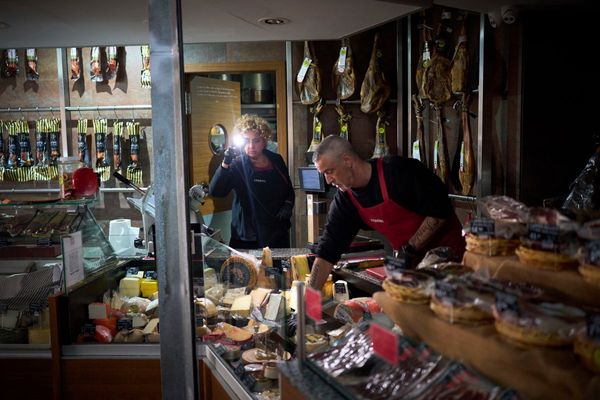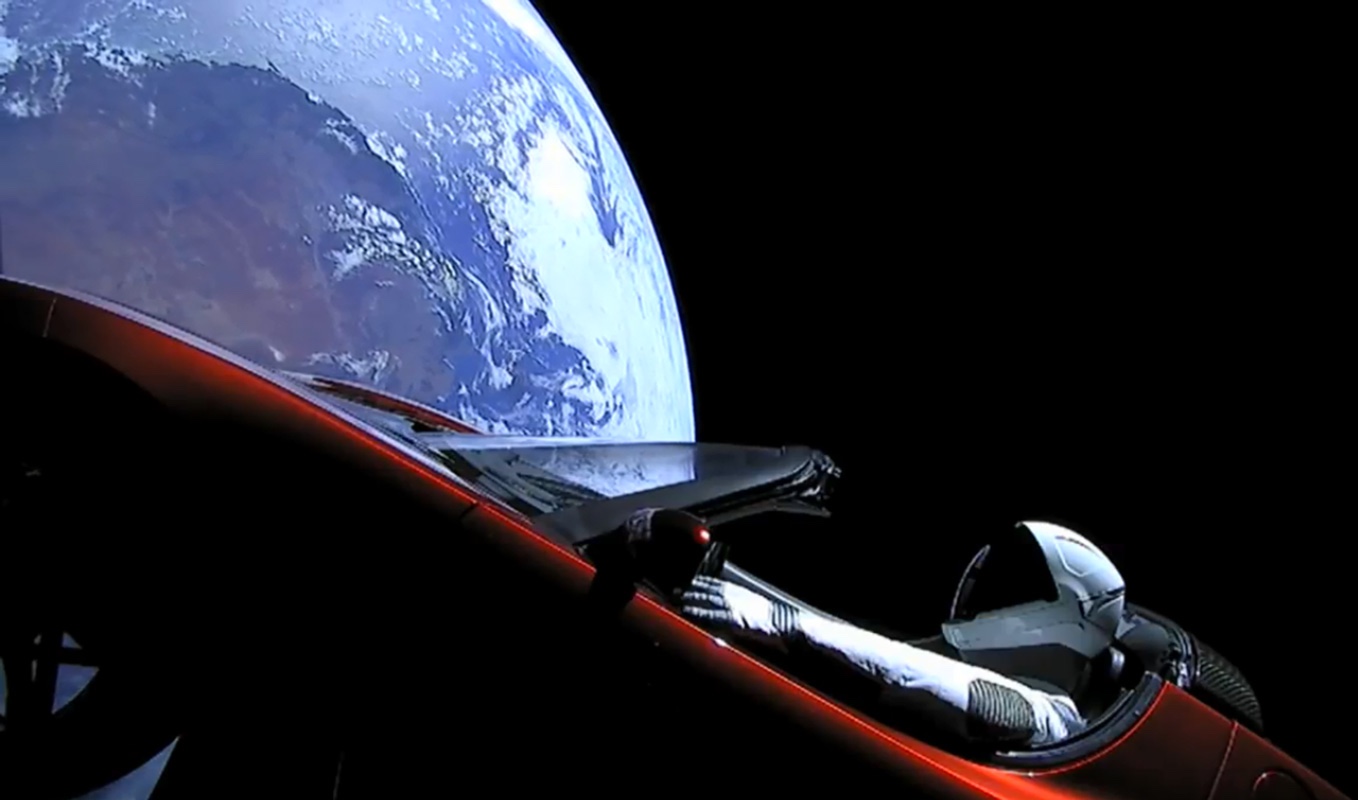
Space is becoming increasingly filled with human-made things. Most of these objects you would expect to find in space, such as functioning spacecraft, astronaut gear or free-floating space junk. But there are also a few peculiar items that humans have put into space — and not always on purpose.
From dinosaur bones and a giant disco ball, to musical instruments and a gorilla suit, here are 15 of the weirdest things humans have sent to space.
A Tesla and its "astronaut" driver

On Feb. 6, 2018, SpaceX launched company founder Elon Musk's very own cherry-red Tesla Roadster into space after the billionaire opted to use the car and its spacesuit-clad dummy passenger, known as "Starman," as the test payload on the maiden mission of the Falcon Heavy rocket.
The Starman-carrying Tesla was originally intended to be put into orbit around Mars, which sparked fears that the car could become a potential biothreat that might contaminate the planet if it ever fell to the surface. But the vehicle massively overshot the Red Planet and is now stuck in an orbit around the sun, which takes around 557 days to complete.
You can track the car and its passenger in real time on the website whereisroadster.com. As of May 2023, the Tesla had completed around 3.4 orbits around the sun and traveled more than 2.5 billion miles (4 billion kilometers). This means the car has exceeded its warranty by more than 73,000 times.
Starman has long stopped beaming images back to Earth, but astronomers predict that the passenger and car are likely to have sustained significant damage.
Maintenance hole covers (via atomic blasts)
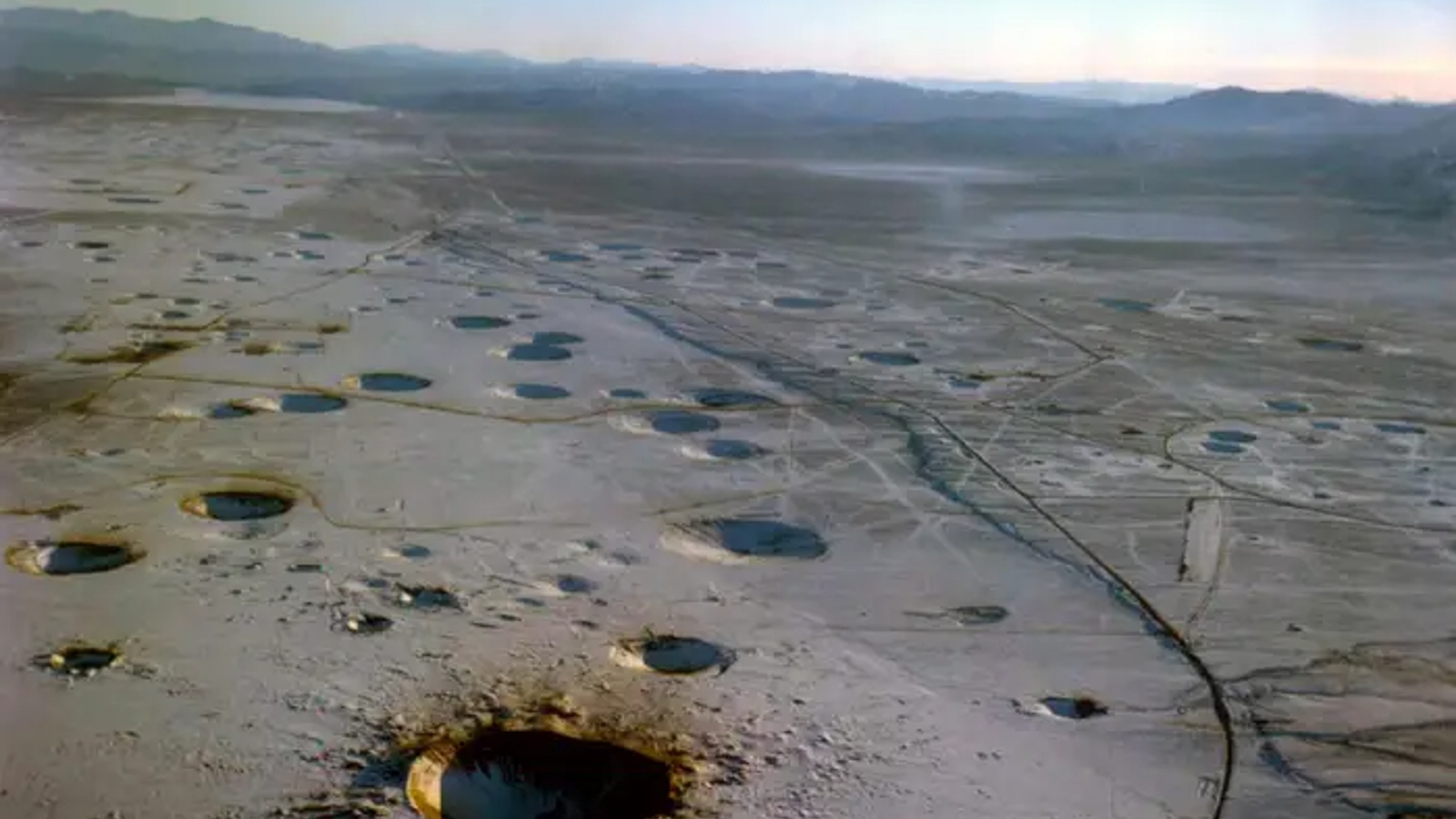
Between May 28 and Oct. 7, 1957, the U.S. military carried out a series of nuclear tests in the Nevada desert in a project known as Operation Plumbbob. The tests included 29 nuclear detonations, two of which, known as Pascal-A and Pascal-B, were carried out underground, to test if nuclear fallout could be contained.
Pascal-A was carried out July 26, 1957, when an atomic bomb detonated at the bottom of a 500-foot-deep (152 meters) hole, which was covered by a 4-inch-thick (10 centimeters) iron cover. The force of the explosion "inevitably" blew the maintenance hole into the sky, Robert Brownlee, an astrophysicist at Los Alamos National Laboratory in New Mexico and lead scientist of the Pascal tests, told Business Insider before his death in 2018. Brownlee had expected that the cover would land back on Earth, but it was never recovered.
To further test what happened to the maintenance hole, Brownlee repeated the experiment on Aug. 27, 1957. This time, for Pascal-B, Brownlee recorded the experiment with a camera that shot one frame per millisecond, which revealed the cover could have reached a top speed of 125,000 mph (201,000 km/h). That speed is around five times the escape velocity of Earth, suggesting that both maintenance holes likely made it into space. It also makes the steel circles a candidate for the fastest human-made objects ever created.
Presidential hair (eventually)
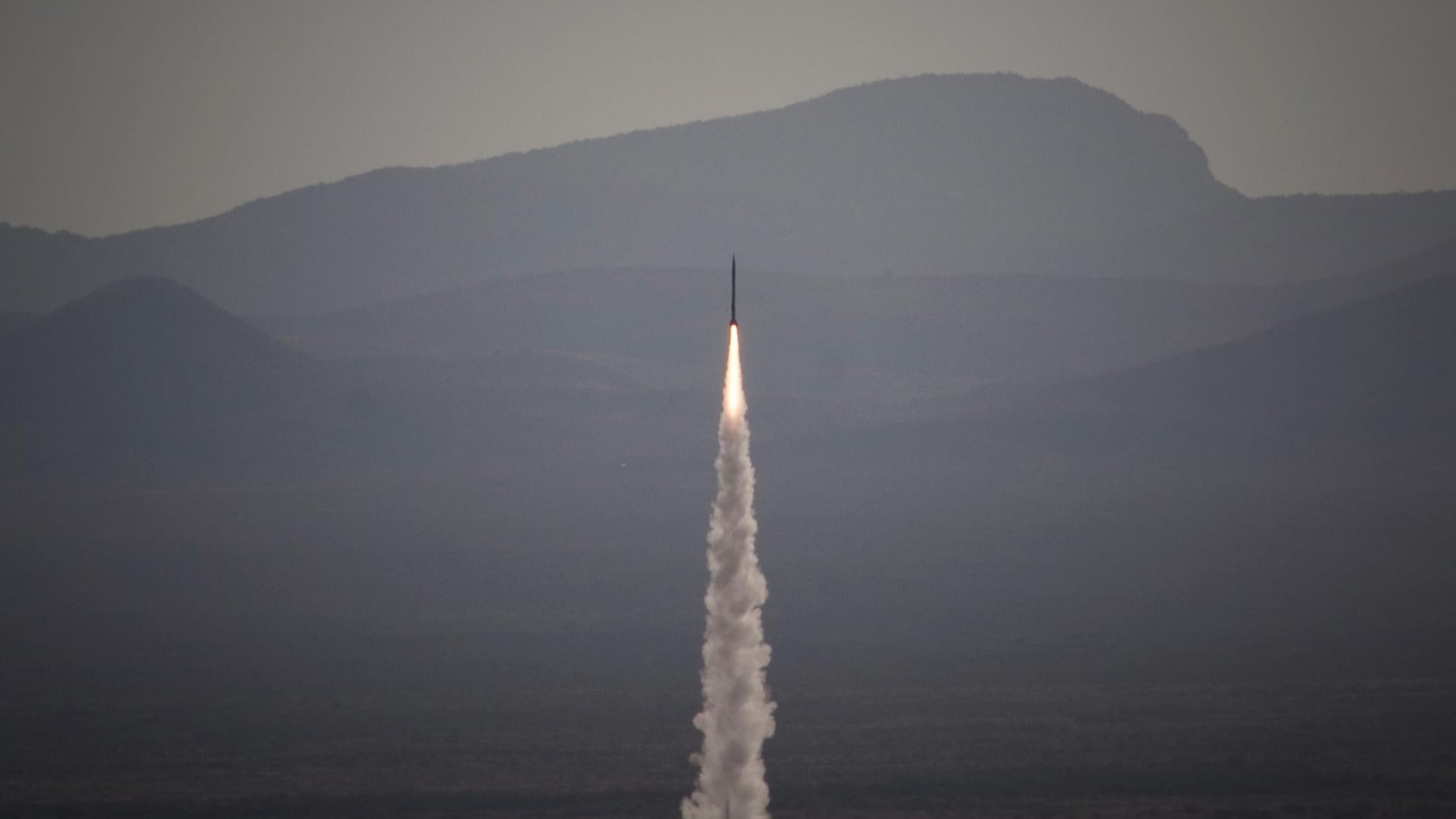
On President's Day 2023 (Feb. 20), Celestis, a Texas-based company that specializes in space burials, announced that it would be putting locks of former presidents' hair on board the upcoming "Enterprise" mission, which is scheduled to launch from Cape Canaveral, Florida.
Genetically verified hair samples from George Washington, John F. Kennedy, Dwight D. Eisenhower and Ronald Reagan will be included on the Enterprise spacecraft, along with the remains of others, including some of the cremated remains of "Star Trek" creator Gene Roddenberry, who already had some of his ashes transported into space aboard Celestis' first flight in 1997.
The spacecraft will eventually end up beyond the outer reaches of the solar system.
A giant disco ball
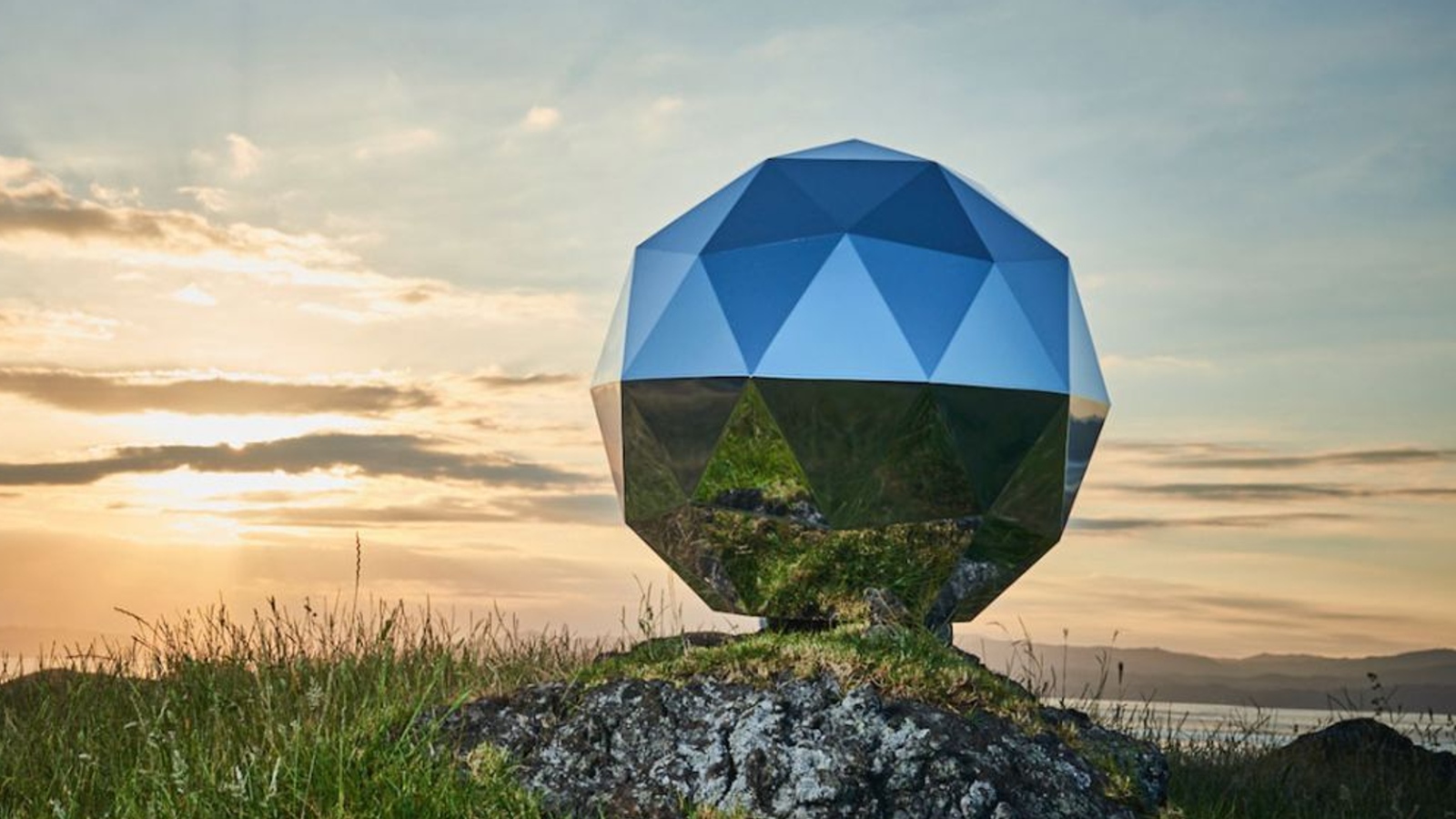
On Jan. 21, 2018, American aerospace manufacturer Rocket Lab secretly launched a massive multisided mirror into space aboard one of the company's test flights.
The unusual object, which was dubbed the "Humanity Star," was around 3 feet (1 m) wide and had 65 reflective panels on its surface. It rapidly rotated in orbit around Earth and reflected enough sunlight to Earth's surface to be visible to the naked eye. The shiny satellite was designed to be "a bright symbol and reminder to all on Earth about our fragile place in the universe."
However, the giant disco ball's time in space was short-lived. It reentered Earth's atmosphere on March 22, two months after it launched and around seven months earlier than expected, according to The Atlantic.
The Humanity Star is not the first disco ball to be launched into space. The Starshine project, which was run by the U.S. Naval Research Laboratory, launched three similar objects into space between 1999 and 2001, each of which stayed in orbit for more than a year; Japan also launched a mirror-covered satellite, called Ajisai, in August 1986, which is still in Earth orbit today, according to Live Science's sister site Space.com.
A sketched penis (possibly)
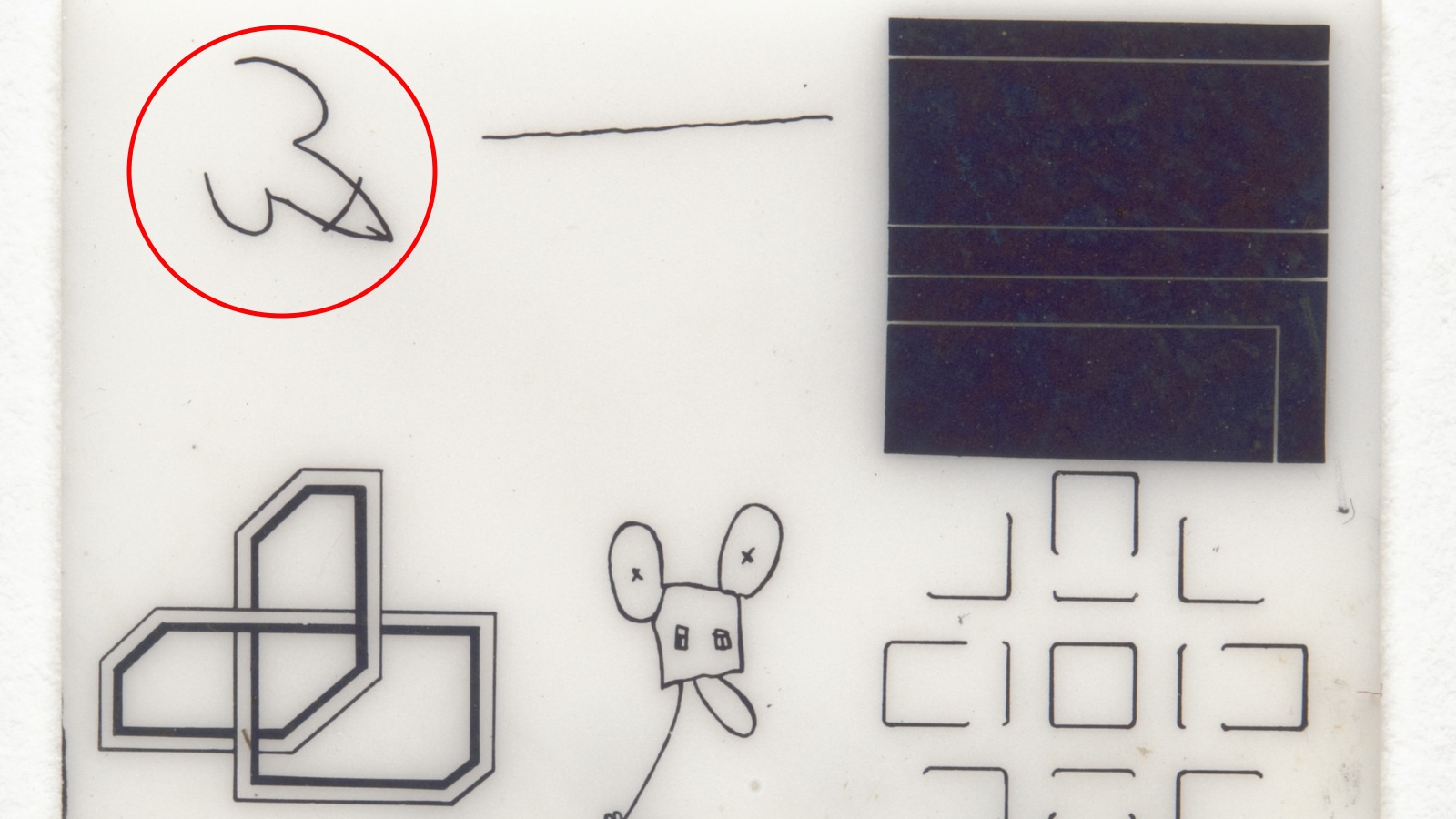
The artist Andy Warhol drew a rather crude sketch that may or may not have ended up on the moon.
The doodle was one of six included on a tiny ceramic tile known as "Moon Museum," which was the brainchild of sculptor Forrest Myers, who petitioned NASA to place the tile on the moon. Myers' request was denied, but the sculptor supposedly contacted scientists from Bell Laboratories, who secretly attached the tile to the Apollo 12 lunar lander, which currently sits on the moon, according to The Museum of Modern Art (MoMA). However, this story has never been officially confirmed.
Warhol claimed that the sketch is actually just his initials, but we'll let you decide for yourself.
Various Lego pieces
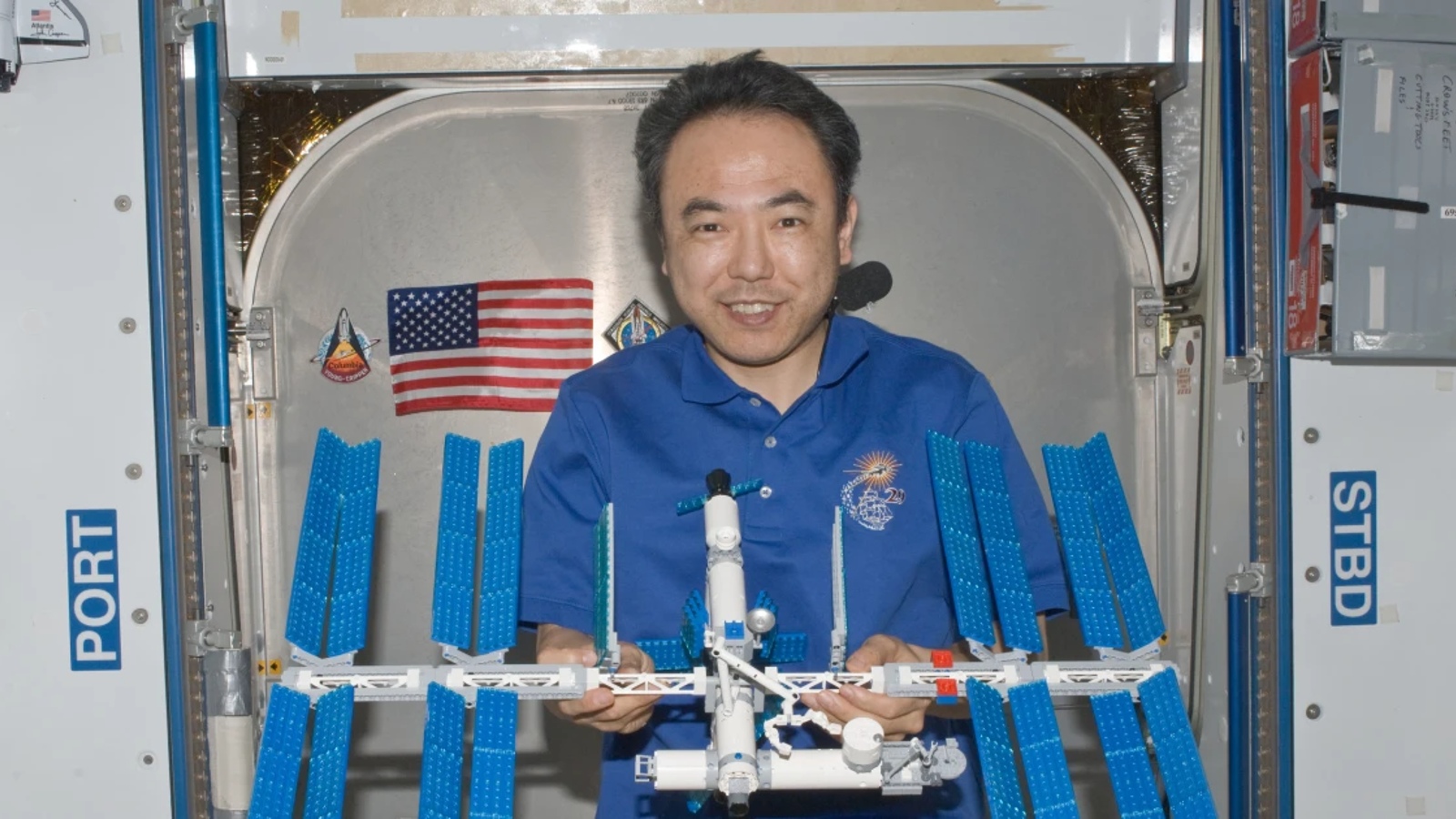
Lego has a long history with space. The building kits can help youngsters (and youngsters at heart) build replicas of real-life rockets. But the famous plastic pieces have also made their way into space and have even made their home in the spacecraft they are modeled on.
In 2012, Japanese astronaut Satoshi Furukawa built a to-scale version of the International Space Station (ISS) during his stay on the station. It took him more than two hours to build the model, which is quite impressive considering the lack of gravity.
In 2019, the Lego company also sent a model of a conceptual future lunar base to the boundary of space by attaching it to a specialized balloon.
Additionally, there are three custom Lego figurines currently circling Jupiter on board NASA's Juno probe, which was launched in 2011 to reveal insight into the gas giant and its moons. The figurines depict the Roman gods Juno and Jupiter, as well as Galileo Galilei, who discovered Jupiter's four largest moons.
Jeff Bezos (and other civilians)

We're not trying to call Jeff Bezos a weirdo by including him on this list; the strange thing about his journey into space is that the group he traveled with was the first all-civilian crew to complete a suborbital flight.
On July 20, 2021, Bezos — along with pioneering aviator Wally Funk, physics student Oliver Daemen and Bezos' younger brother Mark — blasted off on Blue Origin's New Shepard rocket from the company's launch site in West Texas. The flight lasted only around 10 minutes, but the crew's capsule did make it past the Kármán line — the boundary between Earth's atmosphere and outer space, which lies around 62 miles (100 km) above sea level — before gently falling back to Earth.
However, there is some debate as to whether Bezos and the other civilian crewmembers can actually be considered astronauts. Some experts argue that the crew's minimal flight training and lack of expertise exclude them from earning this title, which others must work much harder to achieve.
Dinosaur bones
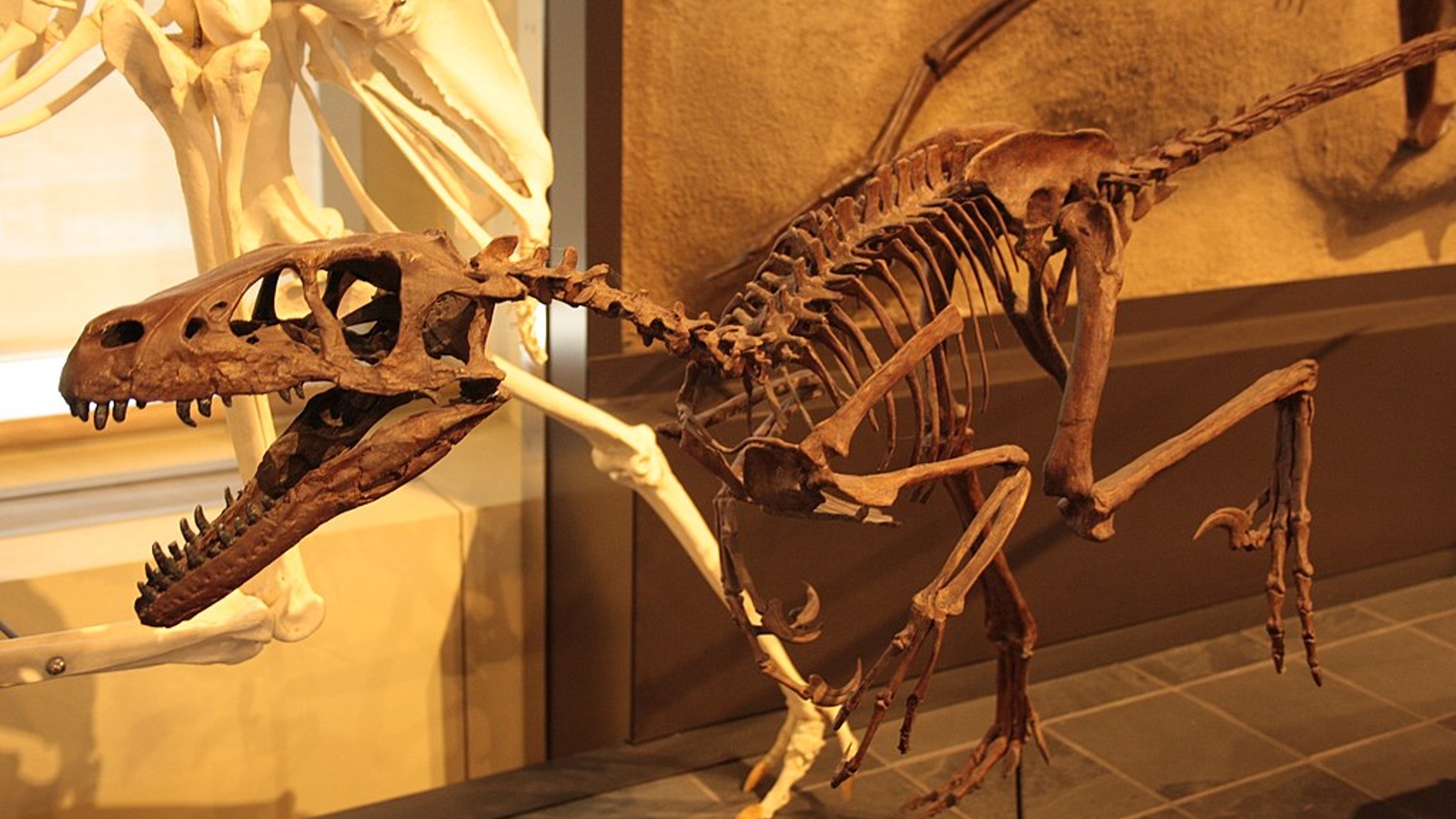
Bezos and company are not the only oddities that Blue Origin has sent into space. On May 20, 2021, the company also launched nearly 200 individual dinosaur bone fragments on another New Shepard rocket.
The bones, which date to between 66 million and 70 million years ago, likely belonged to Dromaeosaurus, a bird-like raptor that was around 7 feet (2 m) long and 2 feet (0.6 m) high at the hip, Space.com reported. The bones were auctioned off upon their return to Earth to raise money for charity.
But these fragments were not the first dinosaur bones to be sent to space. In 1985, a piece of a vertebra and an eggshell from a baby Maiasaura were flown on NASA's space shuttle Challenger. And in 1998, a 210-million-year-old Coelophysis skull flew on Challenger's successor, space shuttle Endeavour. Parts of a Tyrannosaurus rex were also launched on the first test flight of NASA's Orion spacecraft in 2014, according to Space.com.
Tardigrades

Lots of different animals have been sent into space. Some of these you probably already know about, such as dogs, apes, monkeys and rodents. But lots of other creatures have made it into space, including cats, frogs, fruit flies, tortoises, fish and jellyfish.
However, the weirdest animals to be sent to space are arguably tardigrades, also known as water bears, which are renowned for being able to survive extreme conditions. In 2007, they also became the first animals to survive direct exposure to space when they were strapped to the outside of the Russian Foton-M3 spacecraft as it orbited Earth for 12 days, according to the European Space Agency.
A follow-up paper, published 2008 in the journal Current Biology, revealed that 68% of the tardigrades managed to survive direct exposure to space, despite the extreme cold, dehydration and bombardment by cosmic radiation.
A gorilla suit
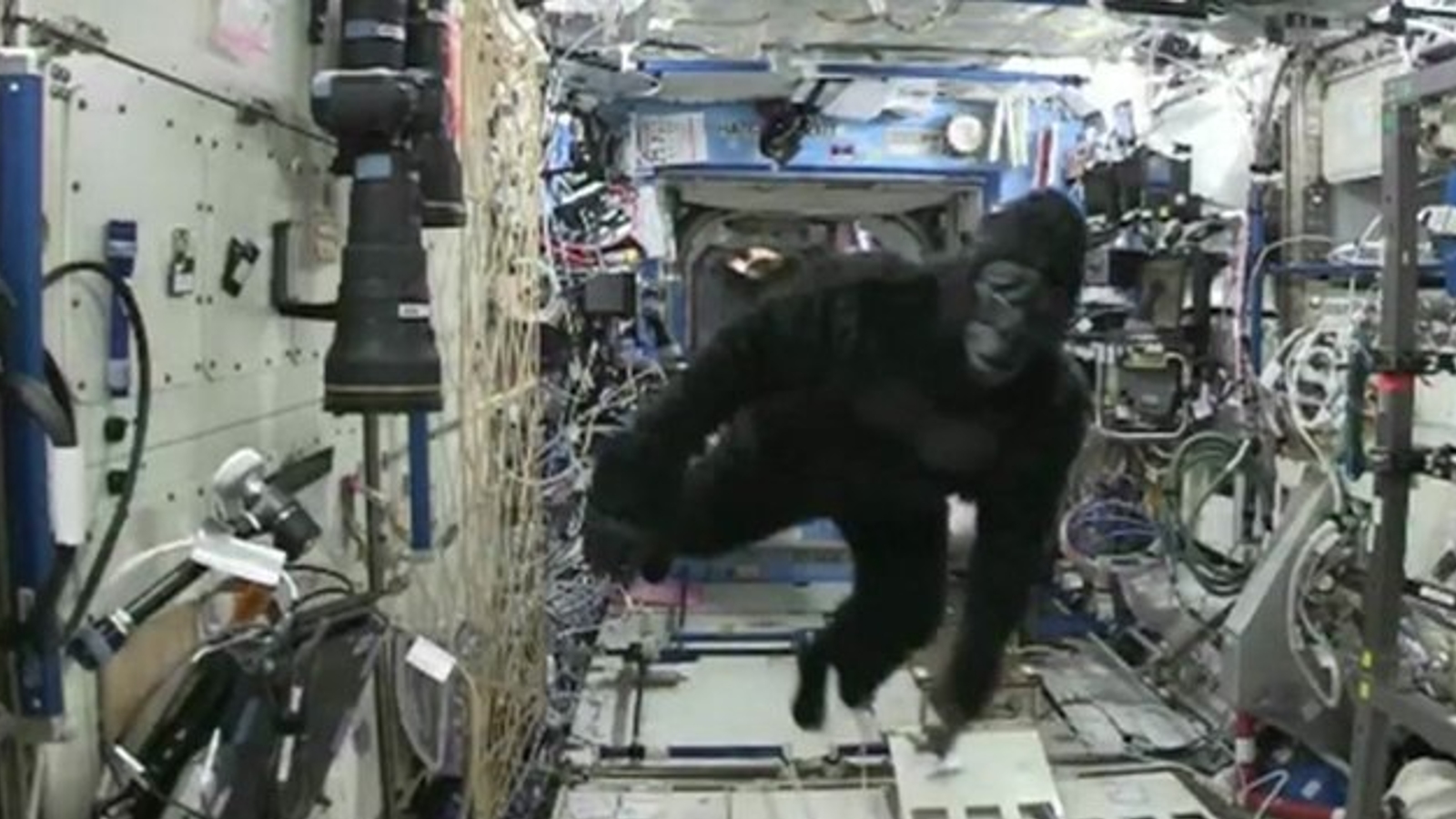
Astronauts also seem to enjoy dressing up as animals in space.
In 2016, retired astronaut and current U.S. Sen. Mark Kelly smuggled a full-body gorilla suit to his identical twin Scott while he was staying on board the ISS. This resulted in a viral video, in which Scott surprised and chased British astronaut Tim Peake through the ISS modules (although Peake later admitted to being in on the joke).
Mark Kelly had originally tried to smuggle a gorilla suit to Scott in 2015, but the SpaceX Falcon 9 rocket it was stashed on exploded in a ball of flames shortly after liftoff.
Luke Skywalker's lightsaber
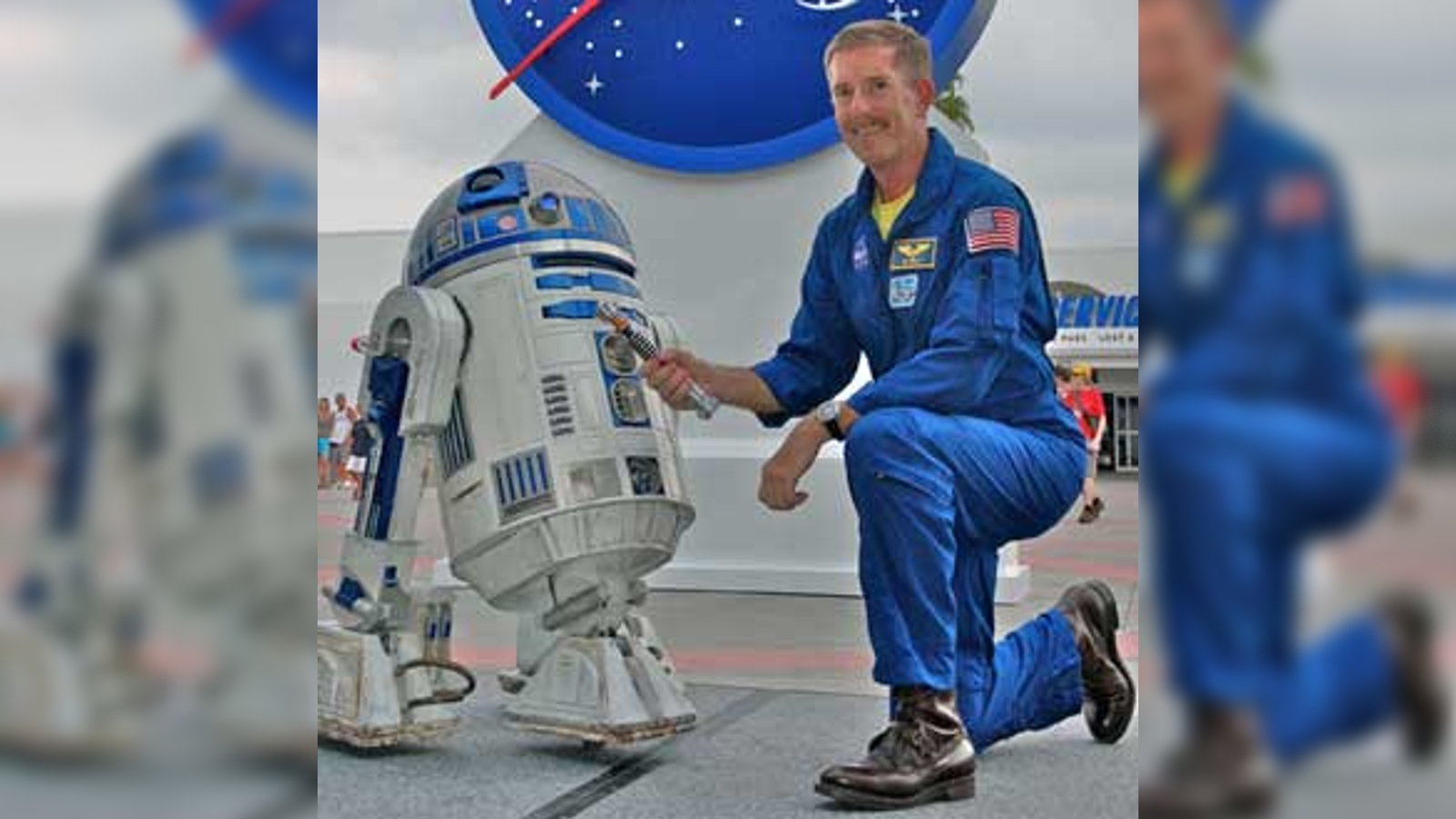
The original Star Wars trilogy, released between 1977 and 1983, is widely credited for inspiring an entire generation of astronauts and space scientists. So it is fitting that one of the movies' most famous props — Luke Skywalker's lightsaber — would eventually end up in space.
The lightsaber was launched into space in 2007 with a team of astronauts who delivered and assembled the Harmony module (aka Node 2) to the ISS. The launch coincided with the 30th anniversary of the first Star Wars film, "A New Hope," but the lightsaber is actually Luke's second laser sword (the green one), which featured in the third film, "Return of the Jedi."
Luke's lightsaber isn't the only Star Wars memorabilia to have been sent into space. In 2017, as part of the marketing for "The Last Jedi" — the second film in the newest trilogy — Disney arranged for a replica of the spherical orange droid BB-8 to be sent to the ISS for the astronauts to play with, Space.com reported.
Pizza delivery
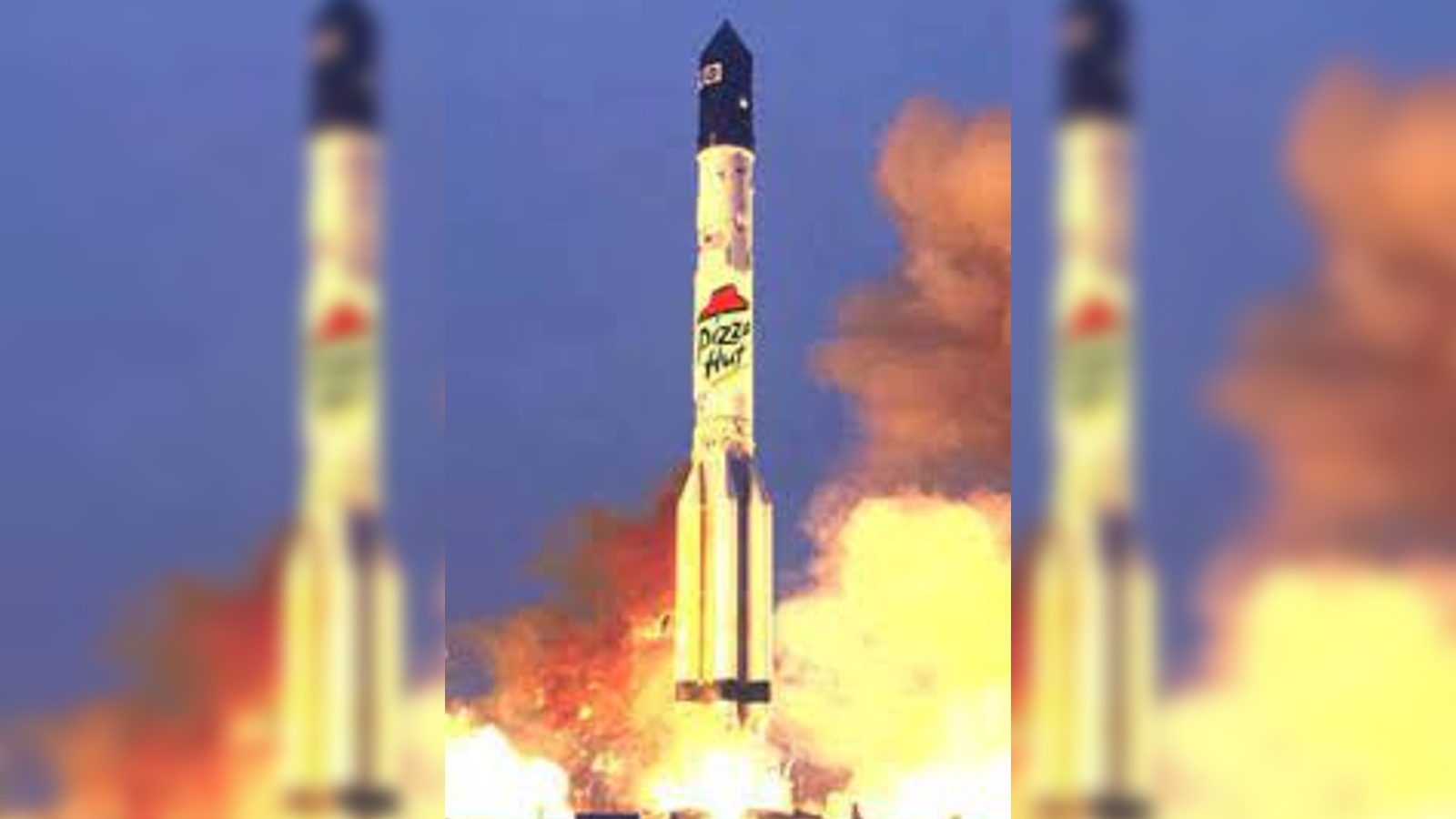
In 2001, Pizza Hut became the first company to deliver food to space when it sent a pizza to the ISS on board a resupply rocket. The recipient of the pizza was Yuri Usachov, who was filmed eating the tasty treat along with other Russian cosmonauts.
The record-breaking delivery was a shameless marketing ploy, which cost the company more than $1 million ($1.7 million in today's dollars). But the chefs who cooked the pizza still had to make some special considerations for its unusual journey: Extra seasoning was added to the food because astronauts can lose their sense of taste in space, and salami was used instead of pepperoni because it had a longer shelf life and the pizza had to be prepared well in advance of the launch, the BBC reported at the time.
Interestingly, NASA astronauts aboard the ISS at the time were forbidden from eating the pizza because of the agency's strict rules on corporate sponsorships.
The pizza isn't the only food that has been successfully delivered to the ISS. In December 2021, Uber Eats announced that it had delivered food to the ISS via Japanese entrepreneur and space tourist Yusaku Maezawa, who briefly visited the station, according to CNET. The meal included miso-coated mackerel and chicken with bamboo shoots.
Amelia Earhart's watch
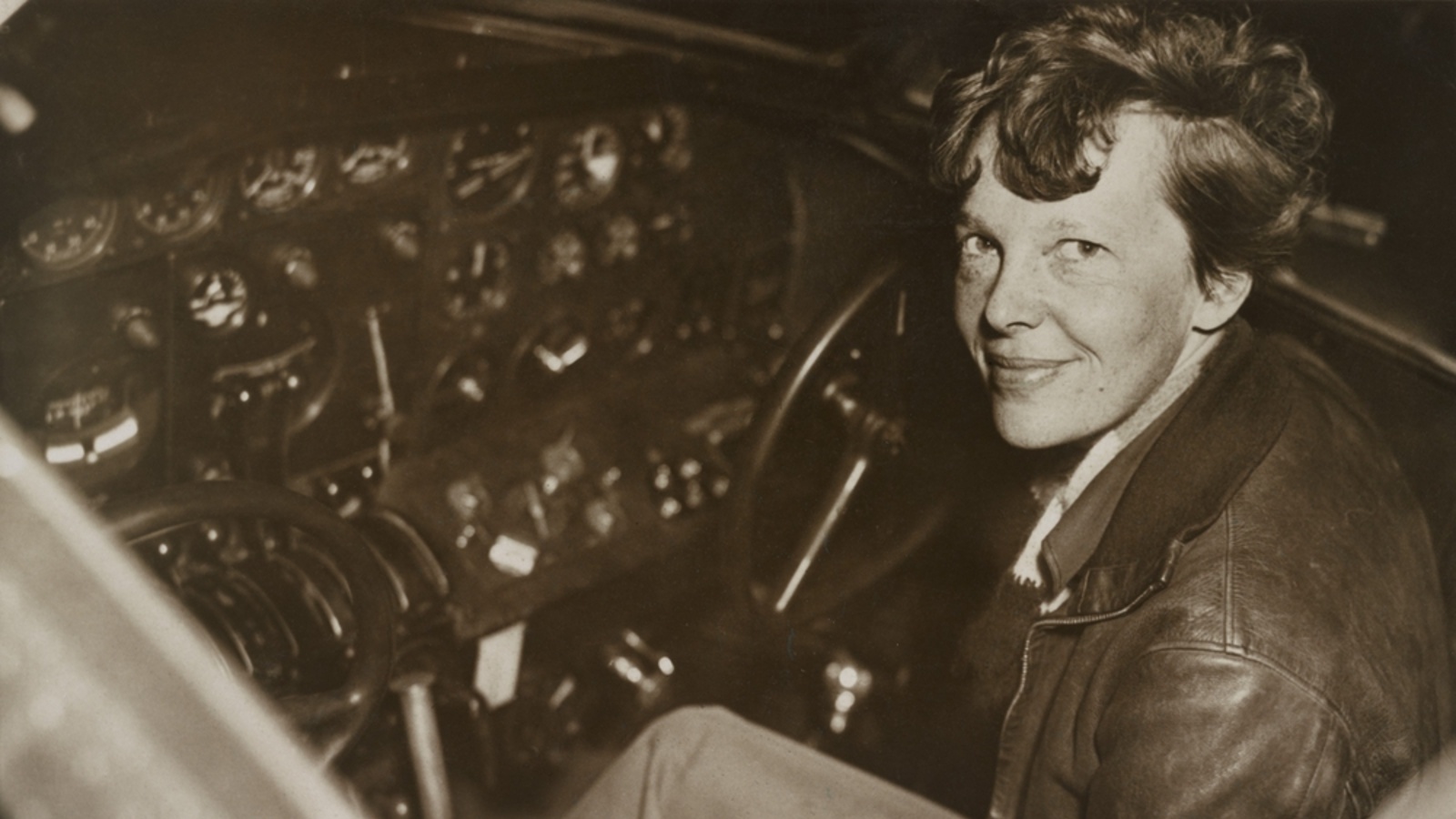
Amelia Earhart was a trailblazing aviator who in 1932 famously became the first woman to cross the Atlantic Ocean solo, as well as achieved other significant firsts and broke multiple aviation records. The pioneering pilot was presumed dead in 1937, when her plane was lost as she attempted to circumnavigate the globe. Her plane and body were never found.
Earhart's story has been an inspiration for many young female aviators and astronauts, including NASA astronaut Shannon Walker, who took Earhart's personal wristwatch — which Earhart wore on her famous trans-Atlantic flight — with her to the ISS in 2010, according to Experts Watches. (Earhart wore a different watch on her fatal final journey.)
Parts of the Wright brothers' plane
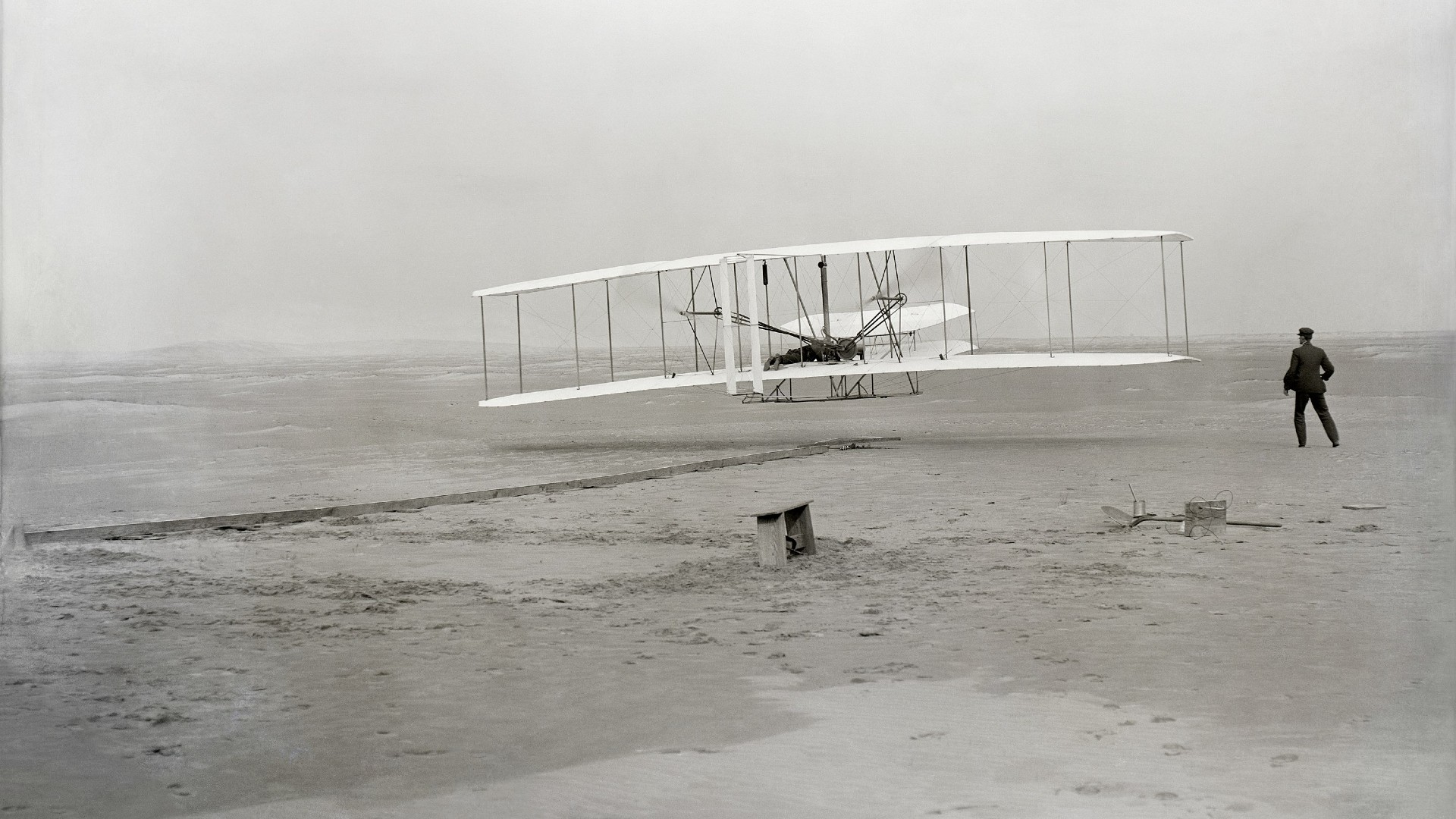
Continuing with the aviation trend, parts of Orville and Wilbur Wright's first plane, the Wright Flyer, have also made it into space — on two separate occasions.
The biplane, which is also known as the Kitty Hawk, is famous for being the first airplane to make a sustained flight with humans aboard, after making four brief flights on Dec. 17, 1903, before being blown over and destroyed. Its longest flight lasted only 59 seconds, during which the plane traveled 852 feet (260 m).
In 1969, Neil Armstrong — the first person to walk on the moon — took parts of the Wright Flyer with him to the moon during NASA's Apollo 11 mission, Time magazine reported. The fragments, which included four pieces of muslin fabric from the plane's wing and two pieces of its propeller, were included in Armstrong's personal preference kit, a small bag of personal belongings that each astronaut could bring onto the lunar module.
And in 2021, another swatch of fabric from the airplane landed on Mars along with NASA's Perseverance rover and Ingenuity helicopter. The plane part is safely secured beneath the solar panels on Ingenuity, which has since made more than 50 flights on the Red Planet.
Musical instruments
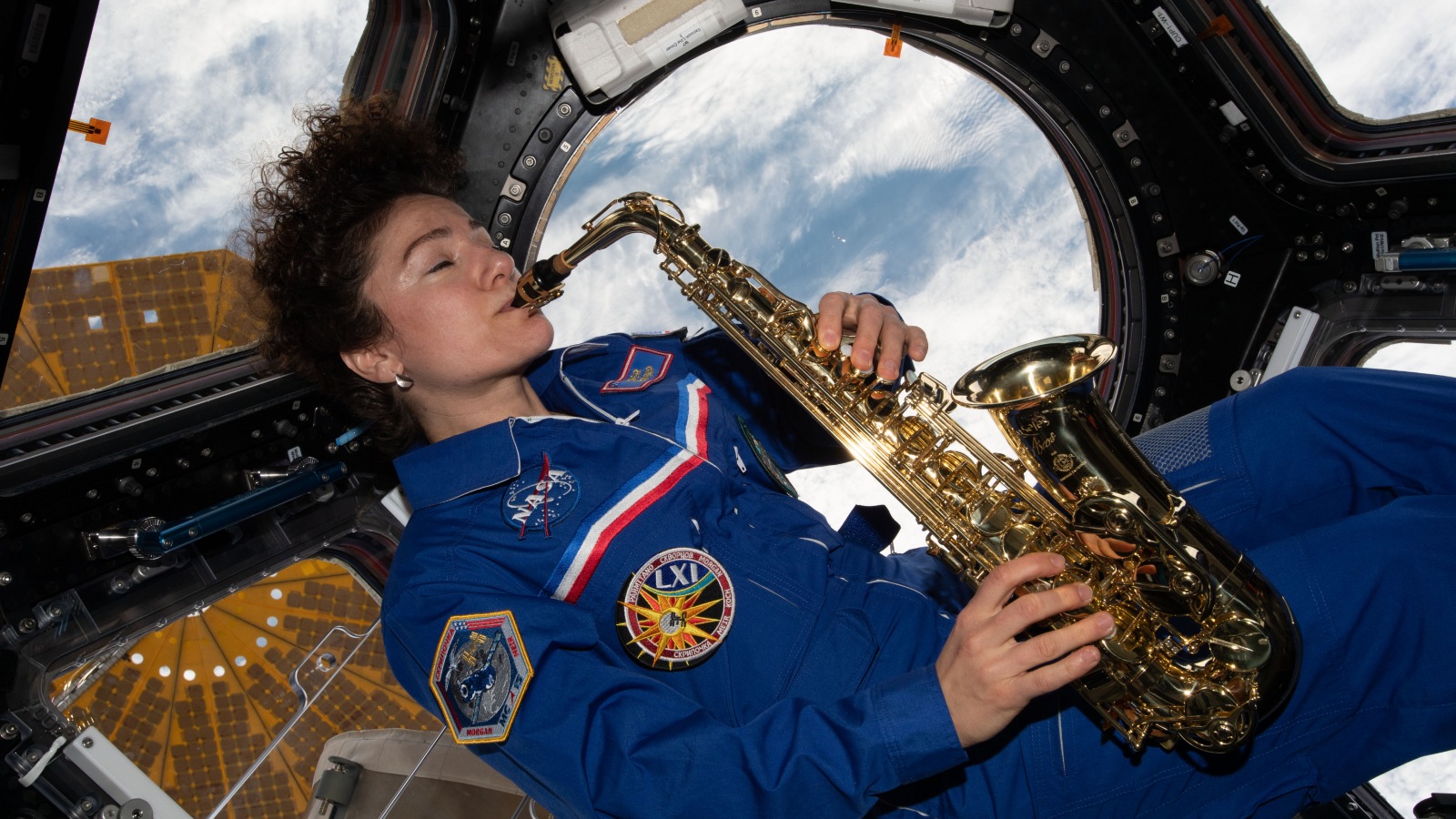
For astronauts living on the ISS, there can be a psychological cost to spending so much time away from Earthly comforts. To overcome these obstacles, several astronauts have taken instruments — including keyboards, guitars, flutes, bells, bagpipes, a saxophone and even a didgeridoo — with them to space.
For the most part, playing an instrument in space is very similar to playing it on Earth, but microgravity can pose issues. For example, if astronauts play a wind instrument, like the flute, on the ISS, they must keep their feet in loops to stop them from being propelled backward by the air they are blowing out of the instrument, according to NASA.
However, there is also a safety concern with taking instruments, such as guitars, on board the ISS because they are flammable and therefore must be safely stored when not in use. It is also expensive to put instruments into space; it costs around $10,000 per pound ($4,500 per kilogram) of cargo launched.
Honorable mention — Zero-G indicators
Among astronauts, it has become a tradition for crews to select an unusual item as their "zero-G indicator," an object that begins to float around them when gravity lessens. Examples of zero-G indicators include an Einstein doll, Snoopy the dog, Baby Yoda (or Grogu), toy dinosaurs, a planet Earth plushy, a stuffed penguin and a Buzz Lightyear figure, to name a few.
